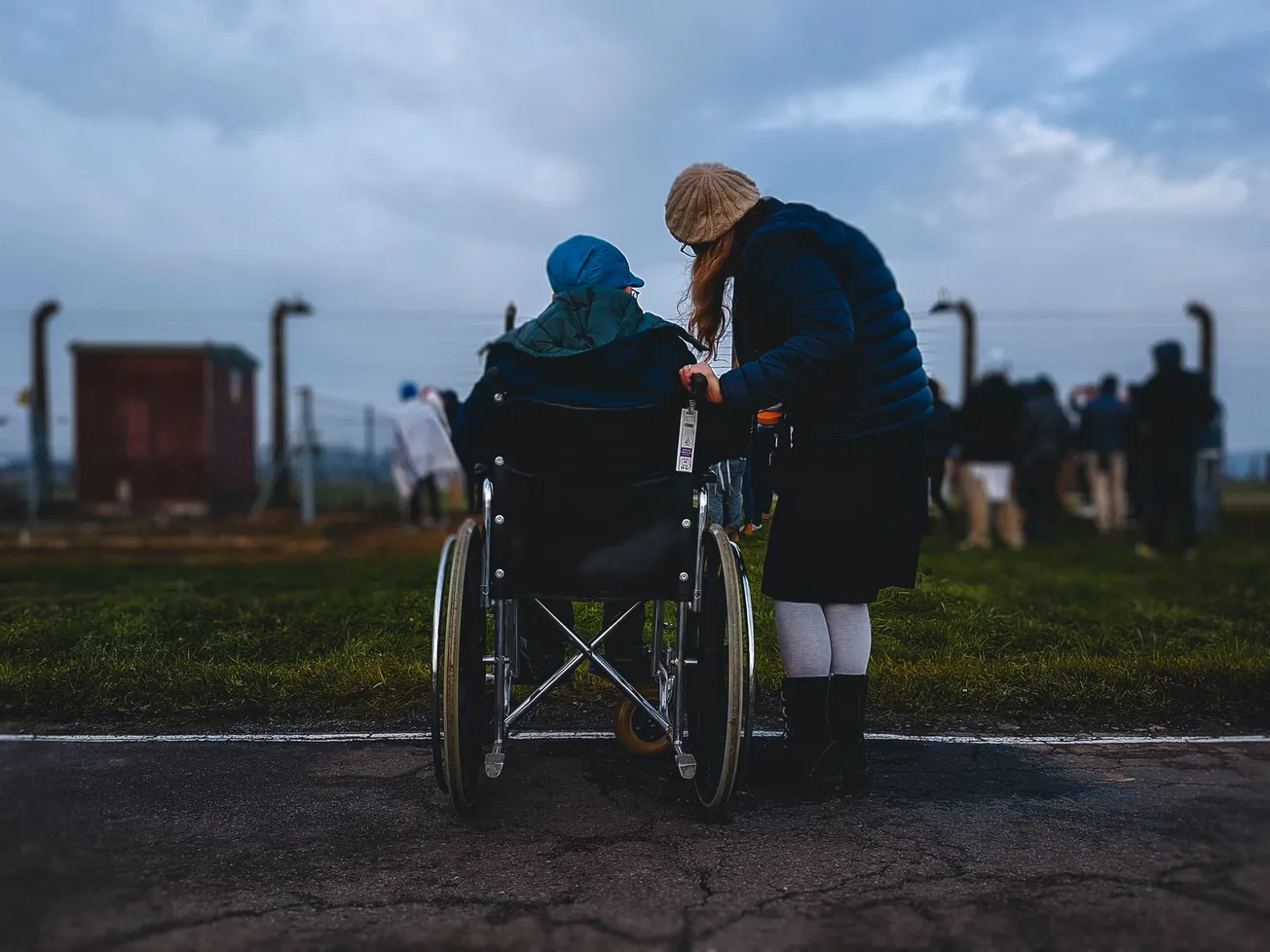Hendrik van der Breggen
mercatornet.com
Hendrik van der Breggen, PhD, is a retired philosophy professor who lives in Steinbach, Manitoba, Canada. Hendrik’s parents survived the Nazi occupation of The Netherlands.
Lebensunwertes Leben is German for “life unworthy of life.” As a justification of killing, this idea led to the Holocaust.
Alarmingly, there is growing acceptance in Canada of lebensunwertes Leben.
Think of Canada’s Bill C-7 and its expansion of “medical assistance in dying” (a euphemism for physician-assisted suicide, i.e. killing done by doctors).
Instead of first helping vulnerable people by providing much needed medical and social supports—such as top-notch palliative and hospice care for all—the Canadian federal government is pushing Bill C-7, which promotes death.
Of course, medical assistance in dying is advertised as a “choice.” But a choice isn’t much of a choice if there are few or no good alternatives. In fact, top-notch palliative and hospice care is not available for most Canadians.
Moreover, via this “choice,” C-7 promotes ableism. Ableism is the view that able-bodied people are superior—more worthy of life.
C-7 presumes that living with a disability or with a chronic or terminal illness amounts to a life that is less worthy, so assistance in death should be available.
And, if Canada’s government has its way, C-7 will offer death to persons suffering solely from mental illnesses.
In other words, Bill C-7 encourages death—a “final solution”—for people who are … inferior.
Have Canadians become dullards? Have Canadians not learned a dark lesson from 20th century history?

Consider the following observations from Dr Leo Alexander, a medical advisor at the Nuremberg Trials, trials in which representative Nazis were convicted of crimes against humanity (this passage is from New England Journal of Medicine, July 4, 1949):
“Whatever proportions these crimes finally assumed, it became evident to all who investigated them that they had started from small beginnings.”
“The beginnings at first were merely a subtle shift in emphasis in the basic attitude of the physicians. It started with the acceptance of the attitude, basic in the euthanasia movement, that there is such a thing as life not worthy to be lived.”
(Yes, pause and notice that phrase: “life not worthy to be lived.” Reminder: In German, it’s lebensunwertes Leben—and it led to the Holocaust.)
Alexander continues: “This attitude in its early stages concerned itself merely with the severely and chronically sick. Gradually the sphere of those to be included in the category was enlarged to encompass the socially unproductive, the ideologically unwanted, the racially unwanted, and finally all non-Germans.”
Dr Alexander adds: “But it is important to realize that the infinitely small wedged-in lever from which this entire trend of mind received its impetus was the attitude toward the nonrehabilitatable sick.”
Let. That. Sink. In.
I don’t believe that there is a Nazi Party on Canada’s horizon. But there might be something as dark, or darker.
What former Pope John Paul II (1920-2005) called the “culture of death” is becoming normal in Canada. Indeed, Bill C-7 “solves” medical and psychological problems by doling out death—and a majority of Canada’s Members of Parliament (mostly Liberal and Bloc Quebecois) approve.
Canadians should resist.
How?
An important first step would be to remind politicians that medical and psychological problems require medical and psychological solutions, not killing.
For additional thought:
Hendrik van der Breggen, “Putting the pros and cons of euthanasia under the microscope: A Canadian philosopher examines the euphemism of ‘medical assistance in dying,’” MercatorNet, February 18, 2020.
This content is licensed under a Creative Commons Attribution 4.0 International license.
Please share this article so that others can discover The BFD.









